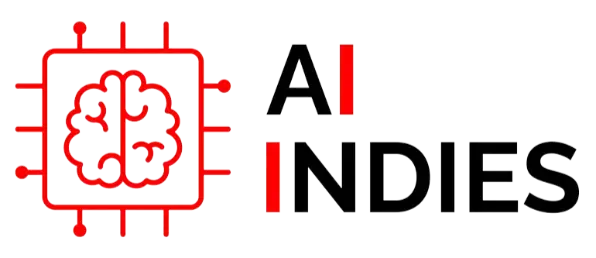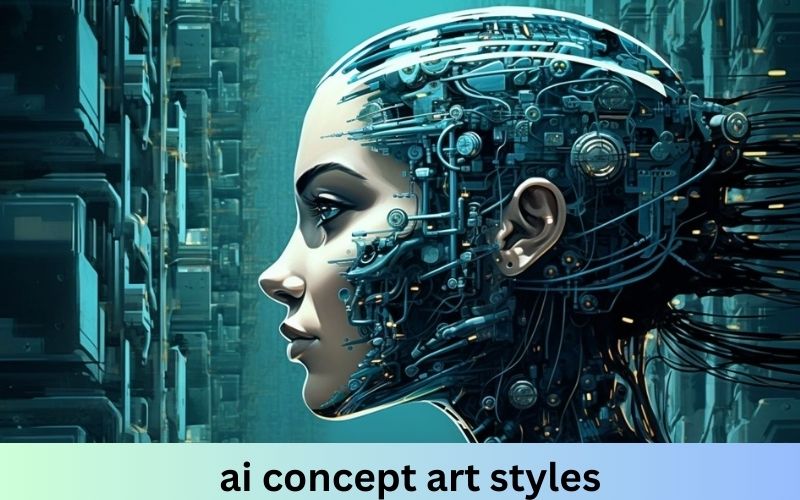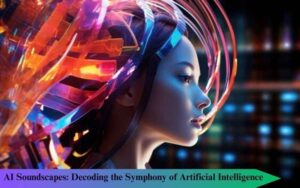The Revolution of AI Concept Art Styles: Redefining Creativity
Artificial intelligence (AI) has taken the world by storm, revolutionizing various industries, and the realm of art is no exception. The fusion of AI and art has given rise to innovative concept art styles that push the boundaries of creativity. In this blog, we delve into the fascinating world of AI concept art styles, exploring how AI is transforming artistic expression and what the future holds for this exciting intersection of technology and creativity.
1. Generative Adversarial Networks (GANs) in Art
Generative Adversarial Networks (GANs) have emerged as a groundbreaking AI technology in the field of art. GANs consist of two neural networks—the generator and the discriminator—that work together to create new, unique images. The generator creates images from random noise, while the discriminator evaluates them. Through this iterative process, GANs produce highly realistic and imaginative artworks.
New Information:
- Enhanced Creativity: GANs can generate a wide array of styles and compositions, offering artists new sources of inspiration.
- Collaborative Potential: Artists can work with GANs to refine and evolve the generated images, resulting in a hybrid of human and machine creativity.
2. Style Transfer: Merging Artistic Worlds
Style transfer is another intriguing application of AI in concept art. This technique involves using neural networks to apply the style of one image to the content of another. For instance, an AI can transform a photograph into a painting that mimics the style of Vincent van Gogh or Pablo Picasso.
New Information:
- Customizable Styles: Artists can create personalized style transfers, merging multiple styles to produce unique artworks.
- Real-Time Applications: With advancements in AI, real-time style transfer is now possible, enabling live demonstrations and instant artistic transformations.
3. AI-Powered Concept Design
AI tools are increasingly being used to aid in the creation of concept designs for movies, video games, and other media. These tools can quickly generate a multitude of ideas, helping artists overcome creative blocks and explore new directions.
New Information:
- Speed and Efficiency: AI can produce numerous design iterations in a fraction of the time it would take a human artist, accelerating the creative process.
- Data-Driven Insights: By analyzing vast datasets of existing art, AI can identify trends and suggest innovative concepts that align with current artistic movements.
4. Evolutionary Algorithms: Art Inspired by Nature
Evolutionary algorithms mimic the process of natural selection to create art. These algorithms start with a population of random images and iteratively evolve them based on a set of criteria, such as aesthetic appeal or similarity to a target image.
New Information:
- Organic Growth: The evolutionary process results in organic, unpredictable art that often resembles forms found in nature.
- Interactive Creation: Artists can guide the evolution by selecting preferred images, resulting in a collaborative creation process between the artist and AI.
5. AI in Abstract Art
Abstract art has always been about breaking the rules and exploring the unknown. AI is particularly suited for this genre, as it can generate abstract forms and patterns that challenge conventional perceptions of art.
New Information:
- Beyond Human Imagination: AI can create abstract art that defies human logic, offering new perspectives and experiences.
- Emotional Resonance: AI-generated abstract art can evoke deep emotional responses, as it taps into patterns and colors that resonate on a subconscious level.
6. Ethical Considerations in AI Art
As AI continues to play a larger role in art, ethical considerations come to the forefront. Issues such as copyright, authorship, and the impact on human artists need to be addressed to ensure a fair and sustainable integration of AI in the art world.
New Information:
- Authorship and Ownership: Determining who owns the rights to AI-generated art is a complex issue that requires new legal frameworks.
- Impact on Artists: While AI can enhance creativity, there is concern about its potential to replace human artists, highlighting the need for balance and collaboration.
Conclusion
The advent of AI in concept art is not just a technological advancement; it’s a cultural evolution. AI Concept Art Styles are reshaping the landscape of creativity, offering new tools and perspectives for artists. As we embrace these innovations, it’s crucial to consider the ethical implications and strive for a harmonious coexistence between human and machine creativity. By exploring AI Concept Art Styles, we open the door to a future where art knows no bounds, and creativity flourishes like never before.




